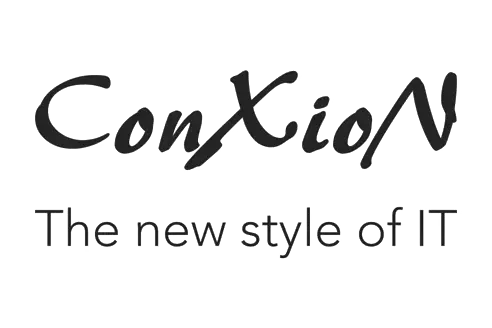Picture this: You're the HR manager at a 25-person startup. Your job description? "Everything HR." Payroll, recruitment, performance reviews, compliance, employee happiness – it all lands on your desk. Sound familiar?
If you're nodding along, you're not alone. At companies with 0-50 employees, HR managers wear more hats than a costume shop, juggling critical responsibilities that would be split among entire teams at larger organizations.
The Reality of HR in startups
Meet Pauline from Izix, an HR officer who knows this reality intimately. With about 25 full-time employees, her workload spans from hard HR tasks like payroll administration to the softer side of employee engagement and retention.
"For a startup like Izix, having a dedicated HR role is already very modern," Pauline reflects. "Most companies our size handle HR tasks ad-hoc."
But here's the challenge: small companies face big company problems with startup resources.
The Triple Burden
1. Time Scarcity Your days are consumed by administrative tasks that larger companies automate. Every new hire means manual data entry, every salary change requires multiple system updates, and compliance never sleeps.
2. Retention Pressure With limited budgets for salary increases, keeping talented employees becomes an uphill battle. When everyone's looking for mobility budgets and flexible benefits, how do you compete with deeper-pocketed competitors?
3. Growth Constraints You want to scale, but every new employee multiplies your administrative burden. The processes that barely work for 20 people will crumble at 40.
The Breakthrough Moment
For Pauline, the turning point came when employees started asking for flexible remuneration. "Young people are more aware," she notes. "Everyone is looking for things like a mobility budget nowadays."
But traditional HR solutions felt like trying to fit a square peg in a round hole. When she met with established providers, the mismatch was clear: "Old dinosaur vs. startup, no match."
Enter the Game-Changer
Payflip offered something different: a platform where employees could compose their own salary package without increasing company costs. The implementation was remarkably smooth – taking just one day for Pauline to set up.
The immediate wins:
- Salary optimization without budget increases: "In the future we can promote people by offering 3% increase instead of 10% on their gross salary and offer a mobility budget instead"
- Improved cash flow: Spreading end-of-year premiums throughout the year rather than one December lump sum
- Employee satisfaction: "People are very happy with the tool," Pauline reports simply
The Transformation
What changed for Pauline? Time. The platform "barely takes any time since implementation." She describes everything as "quite straightforward."
But the real transformation was strategic. Instead of drowning in administrative tasks, she could focus on what matters most: proactive employee engagement. She now conducts quarterly check-ins, has become a trusted support person for her team, and can focus on scaling the organization thoughtfully.
Why This Matters for Your Company
If you're managing HR at a small company, you're likely facing the same pressures:
- Limited budgets but unlimited employee expectations
- Administrative overload preventing strategic HR work
- Retention challenges in a competitive market
The solution isn't working harder – it's working smarter with tools designed for your reality.
The Small Company Advantage
Here's what Pauline discovered: small companies actually have an advantage. "We HRs typically don't like change: when we find a process that works, we keep it." But when you find the right process, you can implement it quickly without layers of bureaucracy.
Her advice resonates: start with what employees actually want (they asked for flexible remuneration), choose partners who understand your constraints, and focus on solutions that grow with you.
Ready to transform your HR workload while boosting employee satisfaction?
Small companies deserve big company benefits without the complexity. When your employees are asking for more flexibility and your budget is asking for more efficiency, isn't it time to explore what's possible?







